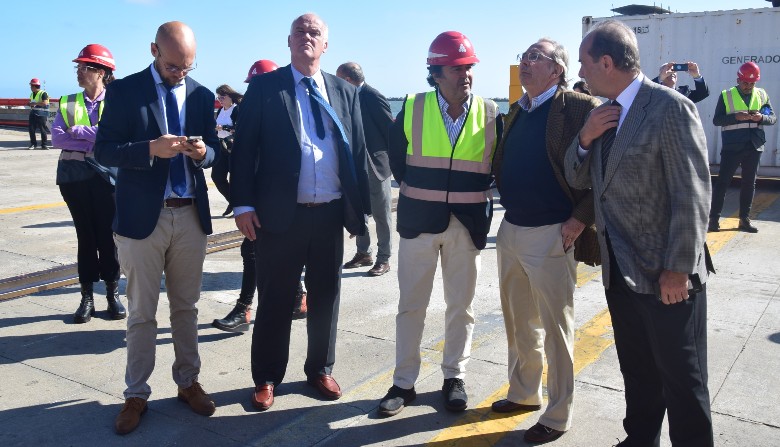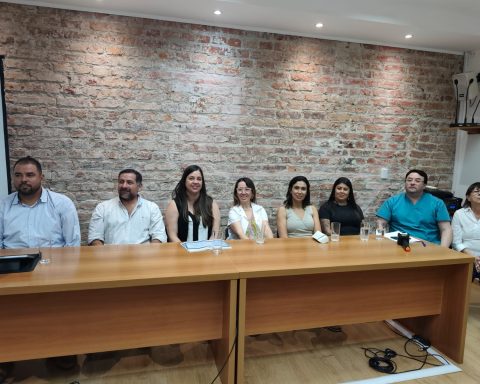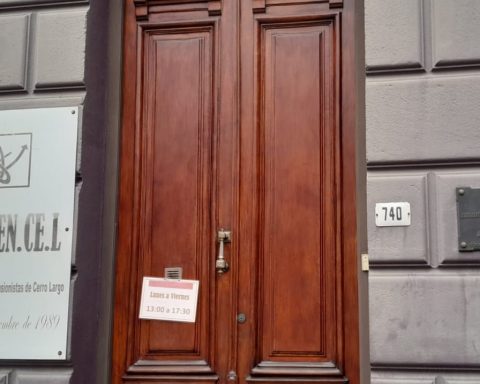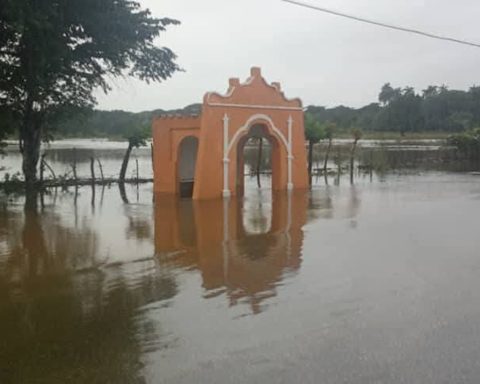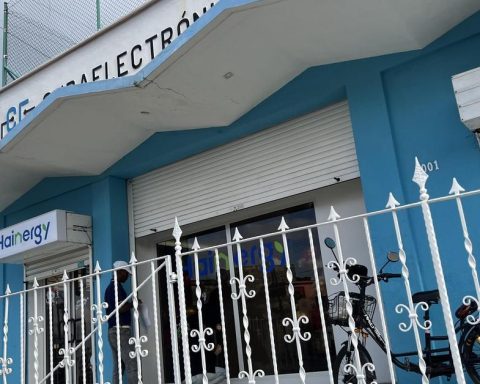They assure from TCP that the arrival of the ship is “very significant for the port” and also shows that the expansion works carried out so far by Katoen Natie “were successful and position us as an efficient and reliable terminal on the East Coast of America of the South (ECSA for its acronym in English). “The investments made so far (in the order of 250 million dollars) are very important because thanks to that, TCP currently has the infrastructure and the necessary cranes with the necessary reach for these ships to come, which are a little wider,” he said. Gonzalo Hontou, commercial manager of TCP.
As reported, the ships that arrived at the east coast of South America and at the Port of Montevideo were ships of maximum 335 meters with a capacity of up to 12,000 containers. However, in the short term, larger ships will arrive, due to the well-known “cascade effect” that is applied in the maritime-port industry to gradual and staggered growth, where the most demanding global traffic takes the largest ships and then they are reaching the less demanding traffic. This effect consists in the fact that the largest ships, which are those that operate in the north of the world, connecting the Far East with the United States and Europe, begin to be used for other sections —including South America— as ships emerge. of larger size.
For this reason, they estimate from TCP that the 370-meter ships that have about 15 thousand teus (measure equivalent to a 20-foot container), will soon be arriving at the coast of South America in the next two or three years. This step, without a doubt, is beginning to be very challenging for some ports and terminals due to draft and capacity of the navigation channels.
The dredging of the Port of Montevideo and its 13-meter access channel is a very significant fact, which, added to the investment that Katoen Natie will develop in the coming years, will place Montevideo at the forefront of the supply of port services to satisfy the demands of the main global carriers and local and regional shippers and consignees, positioning Montevideo as a regional hub.
“That is one of the biggest challenges we have and hence the importance of the Katoen Natie work and the deepening of the channel and the port to 13 meters. Montevideo is preparing in time to receive those ships that are going to come in the coming years,” Hontou said.
According to what they said, the work of Katoen Natie has aroused the interest of the highest hierarchies of the maritime lines, since it will allow the arrival of these larger ships without any difficulty, they say.
Data
*The Rio de Janeiro Express vessel belongs to the Hapag-Lloyd company, a Chilean-German transport company, after the Chilean shipping company CSAV took control of the container business in December 2014 with the merger of both companies.
*The company owns 253 modern ships, 11.9 million TEUs (twenty-foot equivalent unit) transported annually, 14,300 motivated employees in more than 400 offices in 137 countries.
*Hapag-Lloyd is one of the leading shipping companies in the world, ranked fifth with a capacity of 1.52M TEUs equivalent to 6% of global volume.
